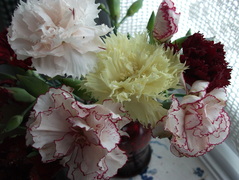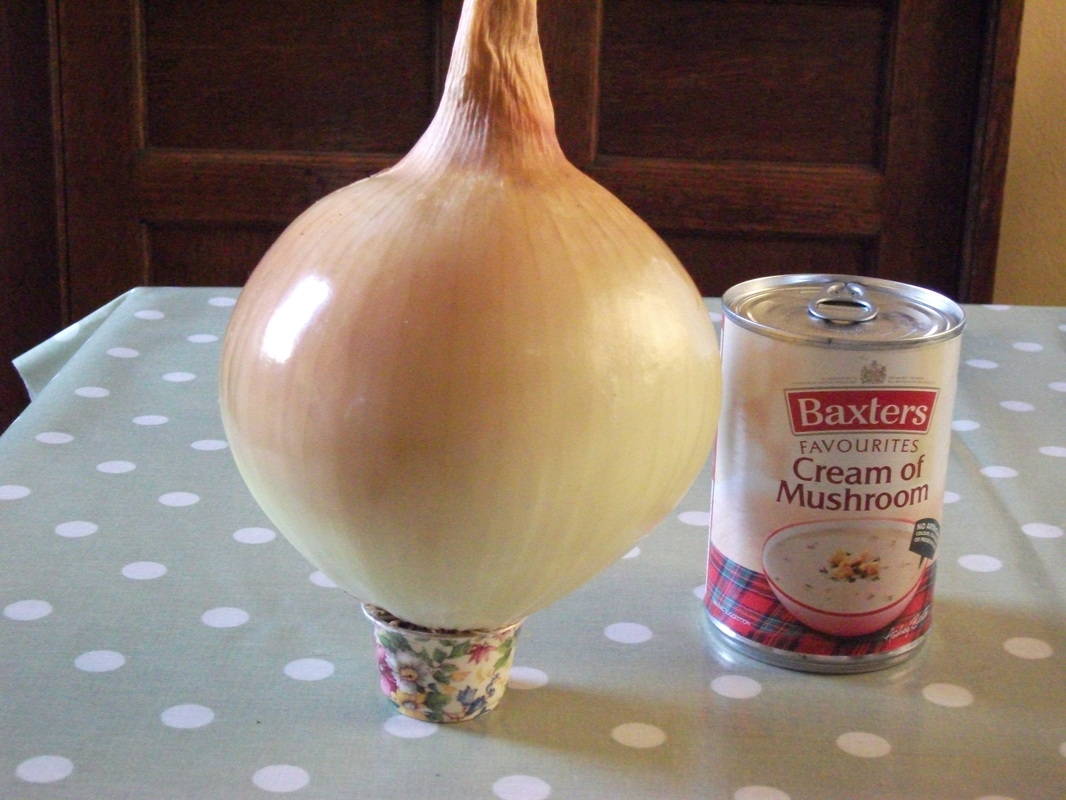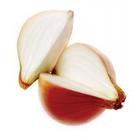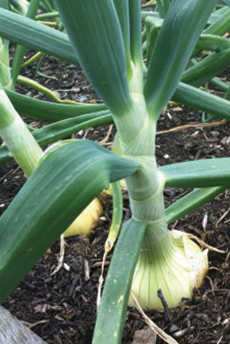| This year I will be trying using seaweed extract (available from the Trading Store) on my onions, having had great success with it last year on leeks. I will also be cutting down on high-nitrate fertiliser and dressing the soil with superphosphate (also available from the Trading Store), in an attempt to produce stronger roots and more disease-resistant foliage. Click here to go to an interesting article on using seaweed extract when growing onions. |
|
Yes, sets are easier, and if you have experienced no disease problems, go ahead. However, experience has shown that seed-grown plants are less vulnerable to basal rot. As far as grey mildew goes, you can choose a mildew-resistant variety such as 'Santero' (shown above). Click on the picture to go to Kings Seeds website, do an online search or check out Wilkinsons or your garden centre.
0 Comments
This disease has been a problem in the past few years. Tips of onion leaves go yellowish, then a grey-white mould spreads down the leaves. Commercially available fungicides don't control it, unfortunately.
To reduce the risk, grow onions from seed not sets. Avoid keeping your own shallots over to plant again the next year (the only onions affected on my patch so far are the shallots I saved from last year to plant). Space plants well apart. If watering, do so early morning not last thing in the evening. Of course, your onions are in this year and none of that advice is any help. You can pick off the affected leaves ( put them out for the black bin rubbish, DON'T compost them! ) and some experienced gardeners say a 'foliar feed' with Bordeaux mixture helps prevent infection. Bordeaux mixture is available from the Trading Store and from the more specialist garden suppliers. Reports it was to be withdrawn were incorrect. Because of the exceptional weather, many late autumn and midwinter jobs probably remain undone. Don’t forget to prune soft fruit (I still haven't done mine!), and autumn-fruiting raspberries can be cut to ground level now if you haven’t already done them. Burn or bin the prunings to get rid of cane-boring caterpillar and “cane blight”, both of which are more trouble for summer-fruiting varieties, but which may be present in the old canes of autumn-fruiters. If you are only now pruning blackcurrants, it is probably still worth sticking some of the younger shoots, pruned off because they are in the wrong place, in the ground to see if they will still root. Of course we should have done this in December, but blackcurrants are tough . . .  If you intend to grow flowers for cutting, check your seed packets. Though it seems hard to imagine summer at the moment, carnations, late sweet peas, antirrhinums and many other cut flowers are sown in the propagator now. Leave it too late and you won’t get the results you want. You can also start sowing tomatoes and peppers now for growing in an unheated greenhouse. There is still time to start onions off from seed. Sort out your main seeds so you know what will be going later this month. Spring WILL arrive and the gorund will, eventually dry up. Don't be caught on the hop! When onion sets are so easy, you may ask "Why bother growing them from seed?"
Years of experience and watching other allotmenteers show that, despite what the books say, seed-grown plants seem to do better on many soils - including heavy ones, for which sets are often recommended. Seed-grown plants develop better root systems and are less prone to fungal disease. Old-fashioned gardeners (including Melvin, whose veg are show-class) sow them outdoors in January. This year, however, I think even the most die-hard advocates of outdoor sowing may think again. Others sow in trays then prick out to cells, keeping the plants in a cool greenhouse and hardening off before planting out in March. The first time I tried growing from seed I gave up and bought sets - those tiny weedy things were never going to come to anything! My mistake, "plant them out when they look like little bits of green cotton" I was later told. Little bits of green cotton certainly described my seedlings - I left them in for spring onions and it became plain, later in summer, that if I had persevered with them I would have got a decent crop - Bill's seed grown onions were psectacular last year, while my set-grown ones were miserable. Lesson learned! |
Kent's climate is drier, hotter and has a longer growing season than the average for the UK. Advice in gardening books may not fit Kent. This blog has local tips on what will grow and when to do garden jobs.
SEND YOUR SEASONAL SUGGESTIONS IN BY USING OUR ONLINE POSTBOX Archives
December 2015
Categories
All
|




 RSS Feed
RSS Feed
